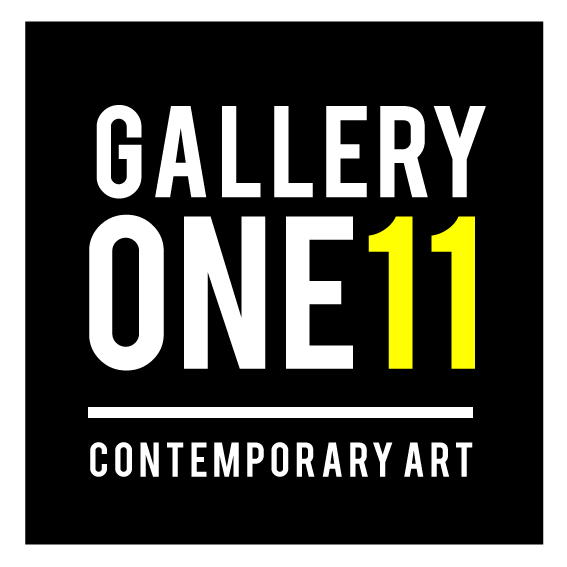Jean Dreyer Solo Exhibition has now moved up to our 2nd floor at 111 Loop street, Cape Town
I
am that
I (
)
is a conceptual poem through which the images of this exhibition structure I am. The poem refers to the well-known I am that I am, but offers broken brackets that open onto an empty line, only to un-open again. The text of the poem initiates a migration of perceptions: from I, into I am, into I am that - into I. A cycle from I into I.
The paintings, sketches and collages are spaces in which figurations interact with one another. They are lying afloat or they are standing up - they reference the classic icon renditions of the dormition of Mary lying on a bier. A complexity is created and a language of vertical and horizontal lines spontaneously emerges. The images cycle through the poem - a dynamic and fluid process that informs perceptions on the works of art.. The colour incarnate is used throughout the artwork and the word incarnate indicates both “flesh” and “to be made flesh”. Ochre shifts into black.
The boundary between poetry and painting is rendered porous and the artwork is part of the poem. A multiplicity of feet indicates this migration of images through the poem - there is a disquiet, a dislocating, a shifting –
"artwords", a conversation on art and text hosted by GalleryOne11
Saturday 5th Nov. 2022 starting 11H00 at 111 Loop Street, Cape Town
An entanglement between art and text creates a complicacy of intensities. The result is dynamic and fluid and informs perceptions on the works of art. The conversation participants are artists engaging with text or poets collaborating with artists. The conversation starts the process, leading to a group exhibition in the second half of 2023. The date and gallery are to be announced.
The format is an organic discussion of ideas among the participants. conversation is open to the public. It will be facilitated and recorded by Klara du Plessis. Copies will be made available to the participants. The exhibition may include submissions from invited artists working with text. Of interest are the complexities that form when text and art meet, like a languaging that spontaneously emerges.
Participants at the artwords conversation
Malika Ndlovu is a South African poet, playwright, performer and arts project curator, who merges these skills as an applied arts practitioner for over 25 years. She has published two plays, five poetry collections and was initial curator - podcast presenter for the www.badilishapoetry.com African poetry archive. In all these contexts Malika's work surfaces the full-bodied, multi-dimensional and evolutionary nature of text and specifically the myriad purposes poetry can serve beyond literary production. Her next book Grief Seed is due in early 2023. @malikandlovu
Patrick Bongoy addresses “the destruction of a place and a people where ethical values have been poisoned or fallen away, infecting human morality and dignity”. He creates layered sculptures and three-dimensional reliefs using his signature of recycled tyre inner tubes, industrial packaging, hessian sacking and textiles. The complex woven surfaces draw on the basket making skills traditional to the Democratic Republic of Congo, his place of birth. Letters of the alphabet and words cut into syllables suspended or built into the surface of the work reflect his close collaboration with the poet, Malika Ndlovu. @patrick bongoy
Klara du Plessis is a South African-Canadian poet, scholar, and literary curator who incorporate artmaking, performance, and collaboration as part of her writing practice. One recent example is the sculptural artist's book, Incipit. Scree. Explicit, created with London-based photographer, Kadie Salmon, during a research residency at Artexte, Montreal. Klara's translingual debut collection, Ekke, won the 2019 Pat Lowther Memorial Award and her book-length narrative poem, Hell Light Flesh, is currently being produced as a mono-opera film adaptation. @kmdup
Maia (Levan) Lehr-Sacks is a visual storyteller who makes use of images and words to try to talk about the world around them and to them. Enthralled by missed points, spelling errors, verb-pronoun concord errors, mis-pronounciations, bad translations, misprints and anxious paragraphs, they mostly enjoy folding, writing and drawing on paper. 1 paper tent (at a time), 5 chairs (sitting in a paper tent), 25 grids (made by hand folding paper), 125 words (written on the walls of the tent with an HB pencil), 625 objects (what happens to a body when it fails to perform its given function?) and, 3125 things (what happens to an object when it fails to perform its given function?). @maia_levan
Jean Dreyer’s solo exhibition at GalleryOne11 is a conceptual poem where the art figurations and the poetic structure feed into each other. The quest is the openness and the un-openness of I am which both attract and repel the text of the poem. Her oil paintings, ink sketches and collages reference early iconography. She let it cycle through her artwork so as to affirm its universal significance. @dreyer.jean
Ingrid Winterbach, a visual artist and acclaimed novelist, approaches painting and drawing quite differently. Her painting, sourced from mostly small newspaper images, involves a more immediate process than the prolonged process of her layered drawings.The use of text forms a common thread in both. The text functions as signifying element and as purely visual mark. The juxtaposition of these more or less legible and often jarring text elements creates a complex layering in the artworks. @ingrid.winterbach



